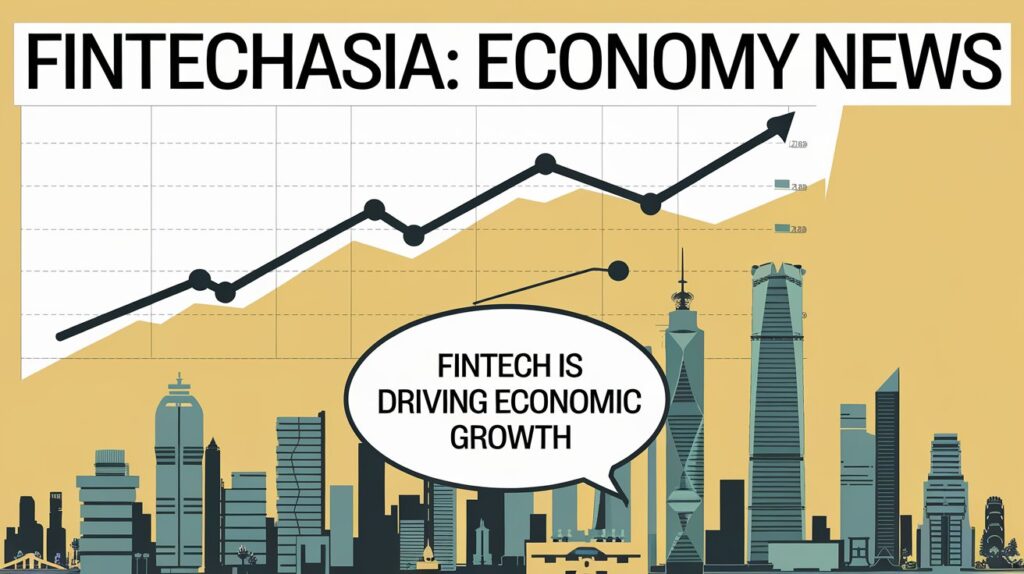Snapshot — where things stand now.
Asia’s fintech sector is shifting from rapid customer-growth chasing to profit and scale. Revenue and profitability are stabilizing while incumbents and new entrants focus on sustainability, real-time payments, and serving underbanked populations. What does that mean for operators? It means product-market fit, unit economics, and regulatory alignment now decide winners.
Macro drivers shaping markets
- Strong mobile payments adoption remains the backbone of growth; regional digital payments continue to expand rapidly. How fast is the payments market growing? Digital payments in several Asian hubs are expected to hit large, multi-hundred-billion-dollar volumes within the next 1–2 years — a key demand engine for fintechs and banks partnering with them.
Regulation and central banks — practical impact
- Central Bank Digital Currencies (CBDCs) and clearer fintech rules are changing product design. What should product teams do now? Plan for interoperability and privacy compliance: design APIs and ledgers that can adapt to CBDC pilots and evolving data rules. Policy papers and regional surveys show CBDCs are moving from concept to pilot, and firms must be ready.
Capital flows and corporate moves
- M&A and strategic financing are active — expect consolidation. Why will consolidation accelerate? Investors are shifting toward deals that show sustainable margins, not just user counts. Public filings, prospectuses and exchange notices indicate targeted buyouts and convertible financings as common exits. If you’re an investor or founder, prioritize proof of profitability and scalable distribution.

What customers actually want — and how companies respond
- Real use-cases beat buzzwords: faster payouts for merchants, BNPL that reduces default risk, and micro-savings for informal workers. What product wins today? Simple, trustable flows that replace cash or reduce friction (one-tap pay, instant settlement, transparent fees). Real examples from payments and BNPL pilots show adoption where fees fall and convenience rises.
Risk checklist — practical red flags
- Liquidity strain, shallow unit economics, regulatory surprise, and data breaches top the list. How can teams protect value now? Keep three things tight: run-rate cash, gross margin per transaction, and regulatory reporting. Board decks should show these three metrics weekly — investors will ask for them. (Supported by sector surveys and market reviews.)
Where capital is moving — focus areas
- Expect capital into:
- Cross-border payments and FX rails that cut costs for SMEs.
- Embedded finance (banking inside non-bank apps) for high-frequency consumer flows.
- Compliance and regtech that turn rules into product features.
Why these areas? They directly raise revenue per user and shorten path-to-profit for companies that deploy them. Evidence: regional reports and market analyses show funding and M&A interest concentrated here.
In cross-border payments and micro-settlement use cases, innovations like Damlpips: How DAML + Pips Could Automate Micro-Trading and Settlement highlight how automation can cut operational costs and speed up transaction cycles.

Practical moves for founders and managers
- Trim products: focus on the top one or two flows that pay the bills. Question: What should you stop doing? Stop funding low-retention experiments that don’t drive contribution margin.
- Build partnerships: integrate local payment rails and telco KYC to scale access. Question: Who to partner with first? Start with the payment rails or largest acquiring partners in your markets — they drive transaction volume and lower cost per transaction.
- Document regulatory strategy: map licenses, data residency, and AML controls. Question: How detailed must the map be? Enough that a regulator or investor can see your compliance steps within 30 minutes.
For founders aiming to master profitable market entry and retention, exploring Effective Cwbiancamarket Strategies by Conversationswithbianca offers clear, field-tested approaches that complement these regional fintech trends.
Quick example (real-world analogy)
Think of a fintech like a delivery kitchen: growth is easy with discounts (customer acquisition), but sustainable profit needs a reliable menu that customers order repeatedly (retention), efficient cooks (operations), and a delivery route that reduces cost (partnerships with rails). Focus on the menu and route first; discounts only bridge gaps. Market reports and fintech analyses back this shift toward unit-economics-first strategies.
What to watch next 3–6 months
- CBDC pilots and local regulator updates.
- Edge players showing monthly positive contribution margins.
- Any large cross-border payment tie-ups or BNPL regulation changes.
Question: Which single indicator signals market health? Track sector-wide revenue growth vs. customer growth: if revenue keeps rising while customer growth slows, the sector is maturing — watch margins closely.

Bottom line — the concise takeaway
ftasiamanagement economy news from fintechasia shows the region is entering a more disciplined phase: product-market fit, margin focus, regulatory alignment, and strategic partnerships will decide winners. Act now on metrics, partnerships, and compliance; scale follows sustainable economics.
















































